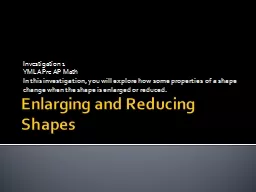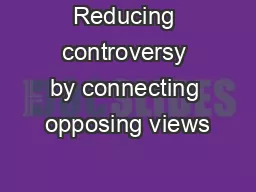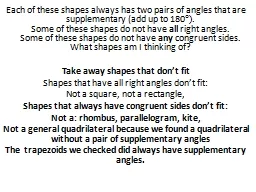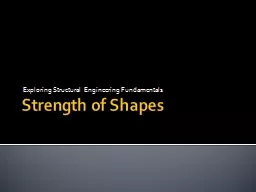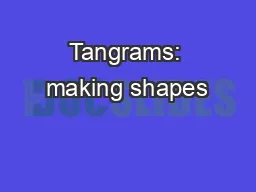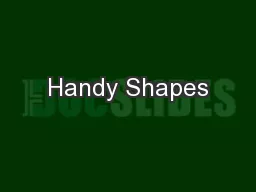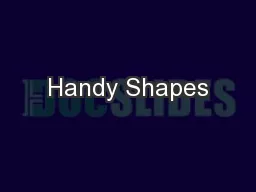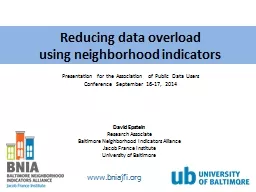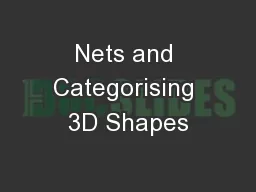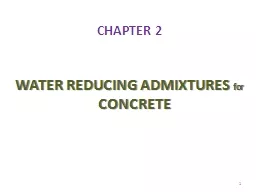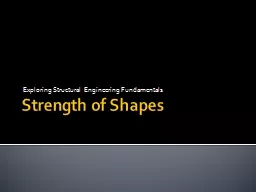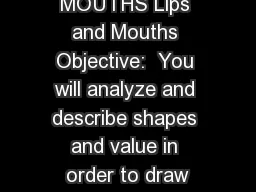PPT-Enlarging and Reducing Shapes
Author : cheryl-pisano | Published Date : 2016-10-16
Investigation 1 YMLA Pre AP Math In this investigation you will explore how some properties of a shape change when the shape is enlarged or reduced 11 Solving
Presentation Embed Code
Download Presentation
Download Presentation The PPT/PDF document "Enlarging and Reducing Shapes" is the property of its rightful owner. Permission is granted to download and print the materials on this website for personal, non-commercial use only, and to display it on your personal computer provided you do not modify the materials and that you retain all copyright notices contained in the materials. By downloading content from our website, you accept the terms of this agreement.
Enlarging and Reducing Shapes: Transcript
Download Rules Of Document
"Enlarging and Reducing Shapes"The content belongs to its owner. You may download and print it for personal use, without modification, and keep all copyright notices. By downloading, you agree to these terms.
Related Documents

